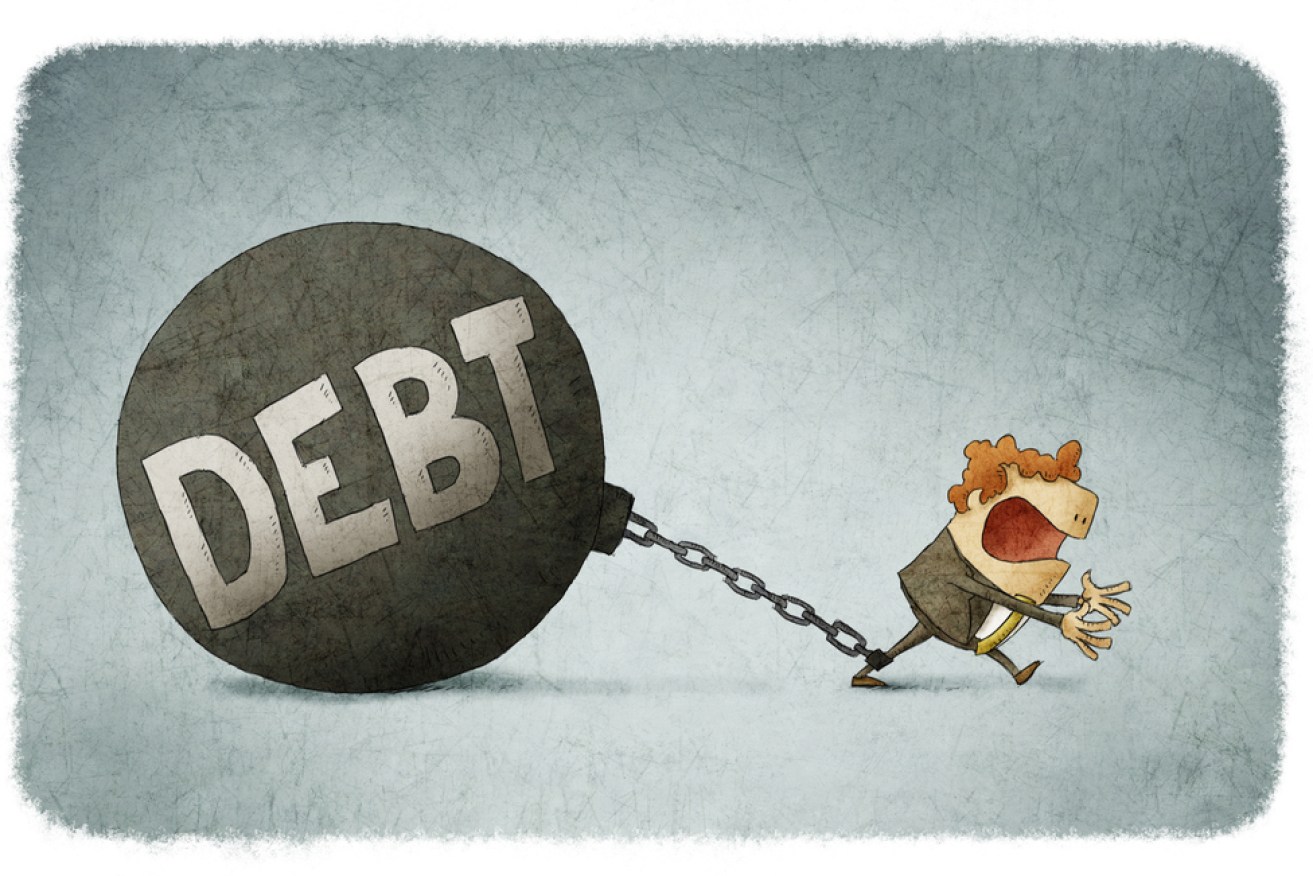Homeowners owe banks $1.28 trillion


Shutterstock
A thousand thousand thousand thousand dollars. Or as it’s more commonly known, $1 trillion: that’s how much Australian mortgage holders owe the big four banks.
In total, the figure owed in mortgages to all lenders, not just the big four, is $1.28 trillion.
And that doesn’t include other types of debt, such as credit card debt and business loans.
• Payday loans: beware the lure of quick money
• Shhh … big banks quietly cut savings rates
Of that figure, which was released by the prudential regulator APRA on Tuesday, two-thirds are owed on owner-occupied residences, and the remaining third on investment properties.
To put that in context, Australian gross domestic product – which is the total value of goods and services produced per annum – was $1.56 trillion in 2014.
The Australian government, meanwhile, owes lenders a quarter as much as Australian homeowners – a mere $359 billion.
That’s the figure that the Prime Minister is referring to when he decries Labor’s budgetary excesses. It’s nothing next to homeowner debt.
The big banks
Altogether, Australian mortgage holders owe debts to 161 different ‘authorised deposit-taking institutions’.

Slice of the profits, anyone? Photo: Shutterstock
However, the big four banks massively dominate the market, accounting for $1.04 trillion of the $1.28 trillion, leaving just $240 billion for the remaining 157 institutions.
With banks receiving interest rates of around five per cent per annum, this goes a long way to explaining how the big banks manage so consistently to return multi-billion-dollar profits (in 2014 they collectively returned profits of $28.6 billion).
On the average-sized loans of $241,000, on interest rates of five per cent, the bank would pocket $12,050 in a year. Multiply that by the total number of existing loans – around five million – and you get $60.25 billion. Cut that into quarters and give a slice to each of the big four. The other 157 can fight over the crumbs.
That may be a blunt way of calculating the sort of income banks are seeing from mortgages; but it nevertheless gives you an idea of just how lucrative the mortgage business is.
And that does not take into account the interest banks receive on commercial property loans – which APRA reported currently amount to $227.6 billion – let alone credit card debt and home loan debt, which amount to $101 billion, but that attract much higher rates of interest.
Any sign of a housing bubble?
In the three months to December, more than $93 billion of new loans were approved, $34 billion of which were for investment properties. That is approximately a 10 per cent rise, a fairly unremarkable jump, suggesting we are not in danger territory.
In addition, banks appear to be lending prudently. This is bad news for borrowers struggling to save for a deposit. If you can only scrape together 10 per cent of the full price of the property, you may not be in luck: banks, it seems, are not lending as much to this group of people as they are to those who can cough up 20 or even 40 per cent of the price.
However, APRA will be glad to see Australian banks are not being foolhardy in their lending.
But all this does not factor in one very importing thing: the recent lowering of the official cash rate, which happened after the period in question. Economists will be looking eagerly at next quarter’s figures to see how lower interest rates have changed the banks’ lending behaviour.








